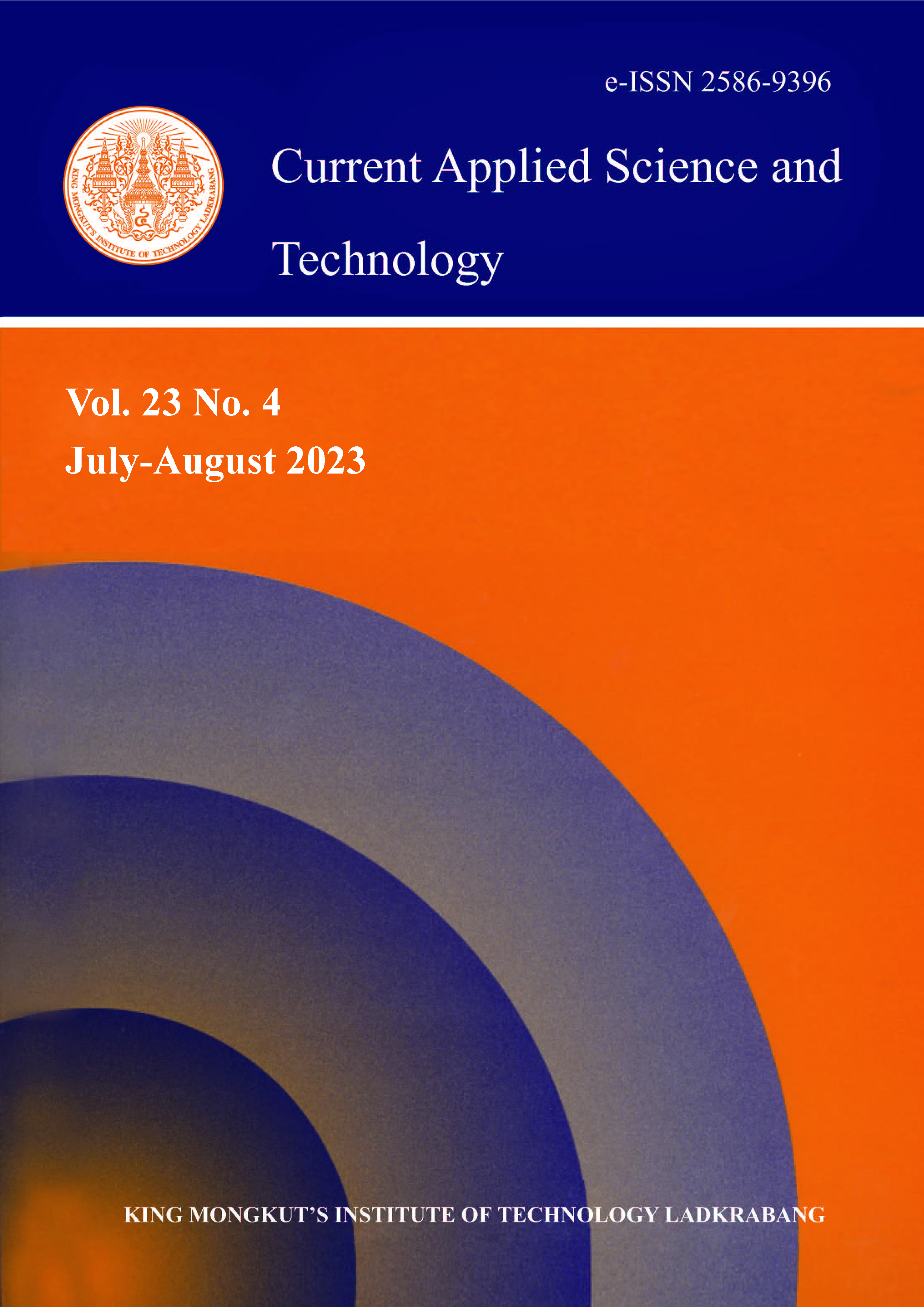Kombucha is a functional beverage fermented by the symbiosis of bacteria and yeasts and is comprised mainly of bioactive compounds and acids that have beneficial health effects. Our research aimed to determine the optimal ratio of co-culture of the bacterium Acetobacter pasteurianus AJ605 and the yeast Zygosaccharomyces bailii YN403 for kombucha fermentation in order to improve the consistency of kombucha quality so that it can be mass produced. Microbial growth, chemical characteristics, and antioxidant activities of kombucha during fermentation were analyzed. The results showed that a co-culture ratio of 8:2 (v/v) of A. pasteurianus AJ605 and Z. bailii YN403 gave the highest antioxidant activity after 10 days of fermentation, with a DPPH IC50 value of 25.76 µl/mL and an ABTS IC50 value of 8.84 µl/mL. The co-culture ratio of 8:2 showed antioxidant activity that was not significantly different (p>0.05) from that of SCOBY (symbiotic culture of bacteria and yeasts) alone. Additionally, during fermentation, the pH of kombucha decreased to 3.16, with increases in titratable acidity and alcohol content of 7.00 g/L and 7.96 g/L, respectively. To enhance the antioxidant activity and taste quality of kombucha, black tea and roselle were mixed at various ratios and inoculated with 10% (v/v) optimal co-culture. The results showed that a high antioxidant activity was obtained using an 8:2 (w/w) ratio of black tea and roselle, at day 10 of fermentation, with a DPPH IC50 value of 23.88 µl/mL and ABTS IC50 value of 6.11 µl/mL. Moreover, the results indicate that kombucha from black tea and roselle can be a functional beverage that has high antioxidant activity and sensory acceptability.
Keywords: antioxidant; black tea; co-culture; kombucha; roselle
*Corresponding author: Tel.: (+66) 23298400 Fax: (+66) 23298427
E-mail: daungjai.oc@kmitl.ac.th
Sutthiphatkul, T. ., Mangmool, S. ., Rungjindamai, N. ., & Ochaikul*, D. . (2022). Characteristics and Antioxidant Activities of Kombucha from Black Tea and Roselle by a Mixed Starter Culture. CURRENT APPLIED SCIENCE AND TECHNOLOGY, DOI: 10.55003/cast.2022.04.23.002 (15 pages). https://doi.org/10.55003/cast.2022.04.23.002


https://cast.kmitl.ac.th/doi/10.55003/cast.2022.04.23.002